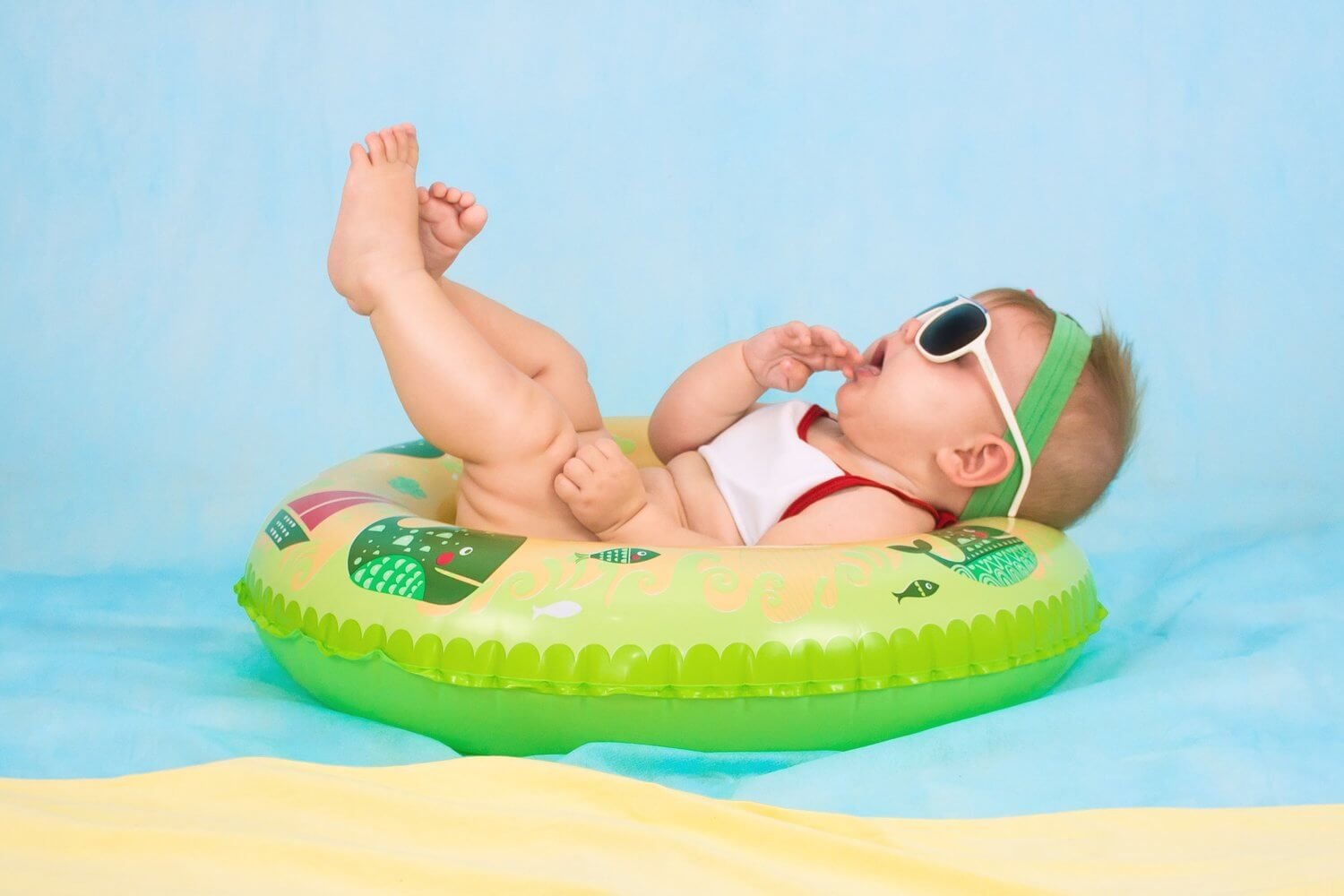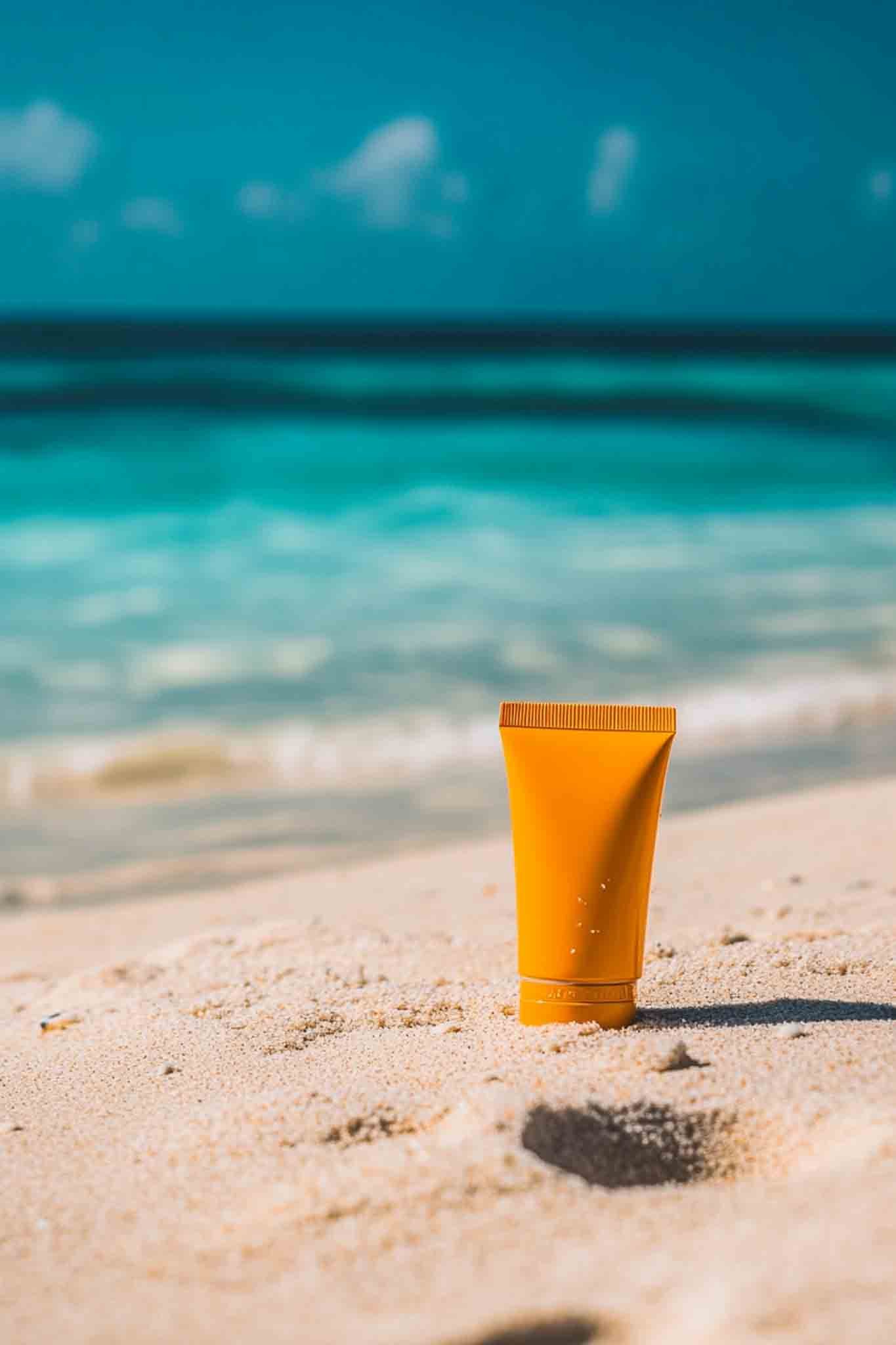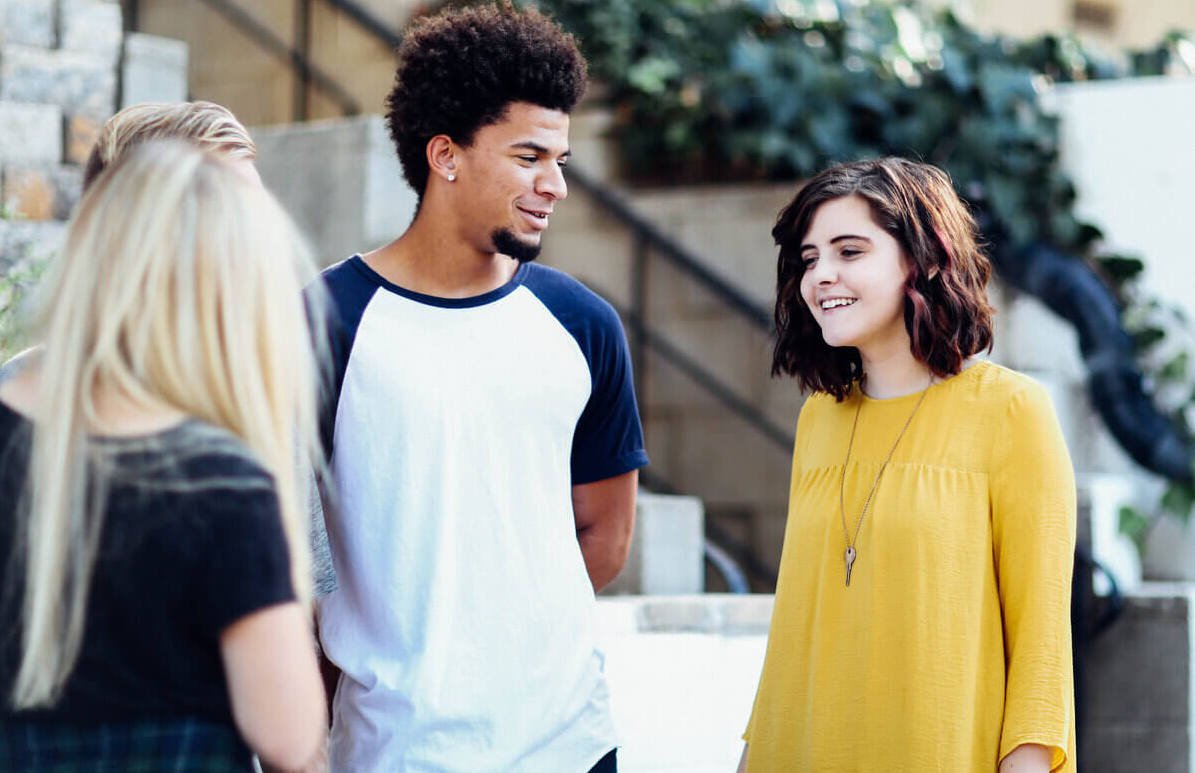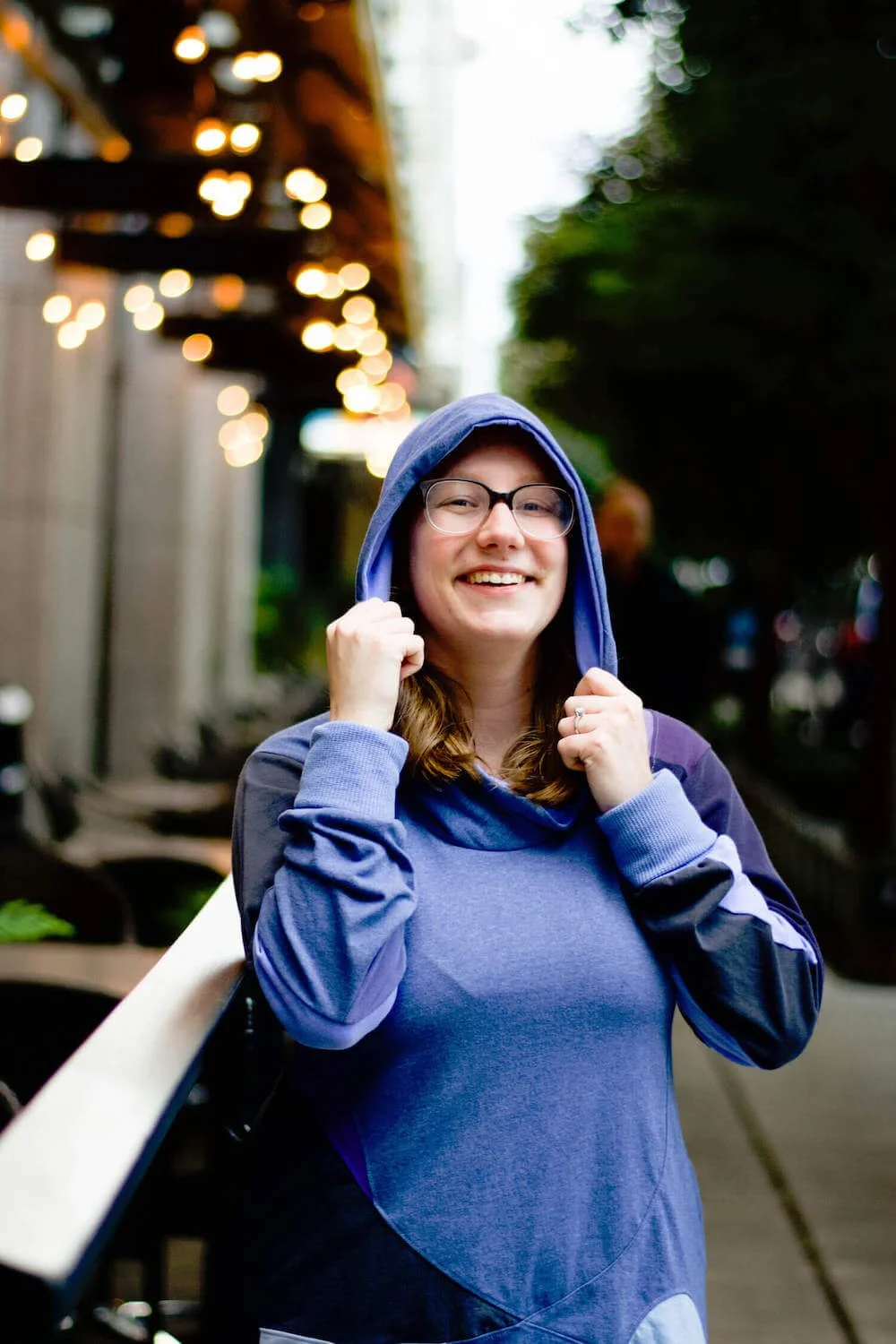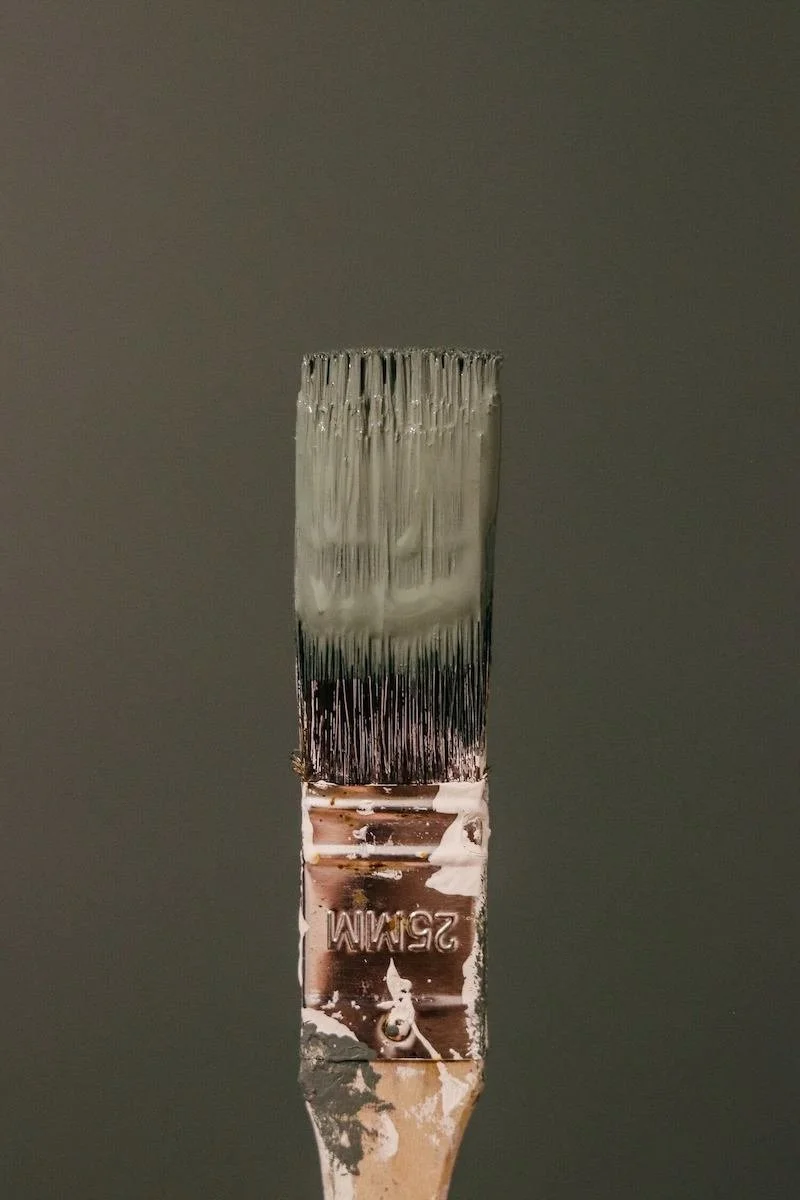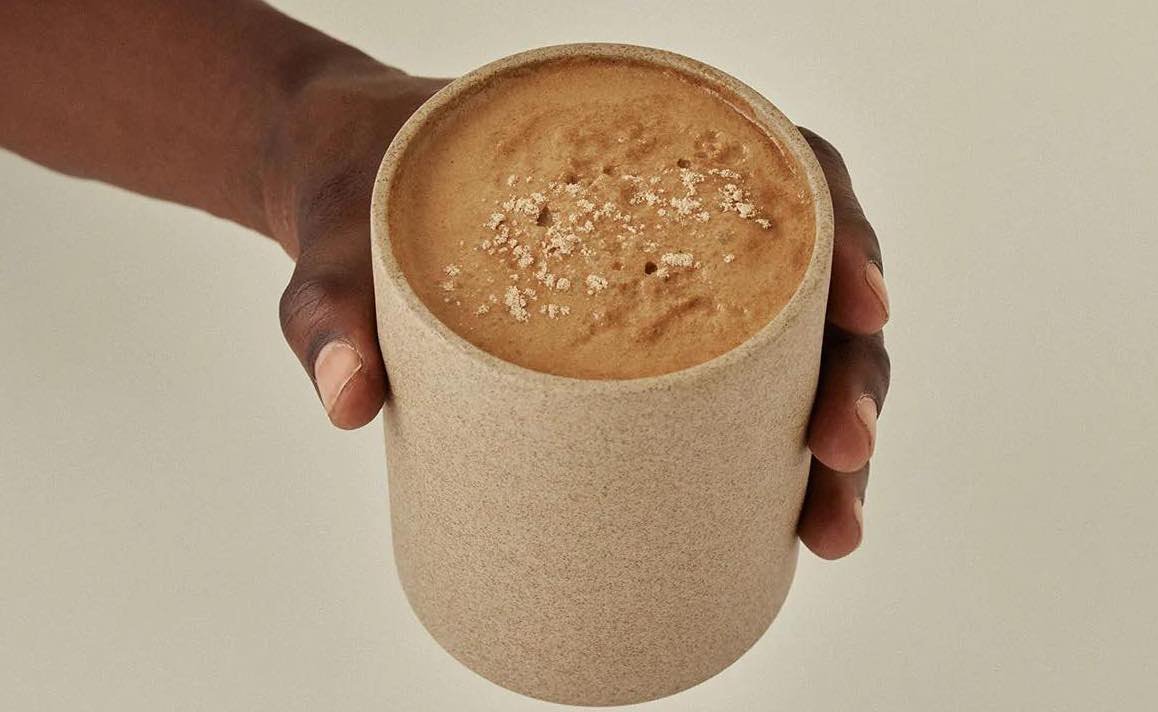The Ultimate Guide to Choosing the Best Clean Baby & Kid Sunscreen
Raising kids is not easy, neither is protecting them from the many and myriad things that could harm them, including overexposure to the sun’s rays. Soaking up sunshine is important. It makes vitamin D which helps absorb calcium for strong, healthy bones.
But too much exposure to the sun’s ultraviolet (UV) rays can put us, and our little ones, at risk.
This post does contain some affiliate links which means The Honest Consumer may receive a commission if you decided to purchase. Our commission is at no additional expense to you!
When soaking up the sun we are usually exposed to UVA and UVB rays. UVA rays make up most of our sun exposure and cause aging and wrinkling, and can contribute to melanoma.
UVB rays can cause sunburns, cataracts, affect our immune system, and also contribute to skin cancer.
Sunburn during childhood is linked to a higher risk of developing cancer, with melanoma thought to be associated with severe UVB ray exposure before the age of 20.
Children, and especially babies, are particularly sensitive to the sun’s rays, exacerbated by the fact that they spend a lot of time outdoors.
While babies may not spend as much time in the sun their skin is thinner, making it even more sensitive. Our solution is usually to slather on sunscreen…and away they go to play in the yard or frolic in the waves.
But sometimes sunscreen can be harmful to young children and the environment.
Let's explore some of the harsh chemicals to be cautious of and meet some less toxic sunscreen brands for kids that are made with organic ingredients.
Types of Sunscreen for Kids Sun Protection
There are two types of sunscreen: physical and chemical. A physical sunscreen – also known as mineral sunscreen – sits on the surface of the skin to deflect the sun’s rays. A chemical sunscreen absorbs into the skin, absorbing UV rays and converting them into heat that releases them from the body.
While sunscreen can help shield you and your loved ones against UV rays, no sunscreen blocks 100% of UV radiation.
Other methods of sun protection should also be practiced such as covering up with lightweight clothing, wearing hats and sunglasses, seeking shade, and avoiding direct sunlight between 10 am and 4 pm.
Choose a broad-spectrum sunscreen that protects against both UVA and UVB rays. Remember to slather up even when it’s cloudy or when you’re in the snow.
The SPF (sun protection factor) can also guide you when shopping for sunscreen. An SPF number refers to the amount of UVB protection the sunscreen provides and how long the sun’s UV radiation would take to redden. your skin.
A higher SPF allows fewer rays to hit your skin but, again, no sunscreen can protect against all UVB rays. Regardless of how high the SPF, always reapply.
Sunscreen is available as lotions, sticks, and sprays. These can all be effective as long as they are applied thoroughly – remember overlooked areas such as ears and tops of feet – and regularly, especially after swimming or sweating.
In light of this, seek sunscreens that are water-resistant and check for how long the label says they’re water-resistant. With a spray make sure you are covering evenly and be careful of accidental inhalation, especially with babies and toddlers.
What Ingredients in Sunscreen are Harmful to Kids?
While it's important to protect your kids from skin damage, it's also important to be aware of ingredients that might have further health impacts. These are a few health concerns that have been linked to ingredients in conventional sunscreen products.
Chemical sunscreens typically include the active ingredients oxybenzone, octinoxate, octisalate, and avobenzone. These chemicals can irritate skin with oxybenzone having the potential to disrupt hormones. Also keep an eye out for preservatives like parabens that can be highly allergenic.
Para-aminobenzoic acid (PABA, also known as vitamin B10) used to be a common ingredient in sunscreen because of its effectiveness in absorbing UV rays. However, it was found to be an allergenic and is no longer considered safe to use in sunscreen. Research into the effects of retinyl palmitate (vitamin A) in sunscreen has not been promising either, with concerns that it may speed the development of skin tumors and lesions.
Active ingredients in physical sunscreens include zinc oxide and titanium dioxide. These are marked as appropriate by the FDA for use in sunscreen, as is mexoryl SX (also known as excamsule) Sunscreens with zinc oxide and titanium dioxide are often less irritating because the ingredients aren’t absorbed into the skin.
Sunscreens have not been extensively tested on young babies, therefore the American Academy of Dermatology (AAD) discourages the use of sunscreen for those less than six months of age. For babies older than six months, and older kids too, try non-toxic sunscreens that use physical blockers such as zinc oxide or titanium oxide.
5 Best Kid & Baby Sunscreens Made with Organic Ingredients
If you're looking for non-toxic sunscreen for your kid that is made with organic ingredients, we've got a list for your! These are some of the top picks for kids and babies featuring mineral formulas, sunscreen spray, stick sunscreen, and more!
These brands all are conscious of the ingredients they use which is important for your kids' sensitive skin.
Babyganics Plant Based Sunscreen
Babygancis was founded by two fathers who are passionate about offering products that will give parents peace of mind. Their products are not tested on animals and are free from sulfates, phthalates, parabens, and synthetic fragrances, using plant-based ingredients as much and as often as possible.
Babyganics’ sunscreens are made without octinoxate and oxybenzone and are available as sticks, sprays, and lotions.
These sunscreens are made with your baby's skin in mind and feature select organic ingredients such as organic sunflower oil, coconut oil, and more. Babyganics sunscreen can be purchased for $16-$20.
Badger’s Baby Safe Sunscreen Made with Hypoallergenic Ingredients
Using non-toxic and hypoallergenic ingredients, Badger sunscreen for babies contains mineral-based non-nano zinc oxide that provides broad-spectrum UV protection. Reef-safe and water- and sweat-resistant for up to 40 minutes, Badger sunscreen uses a biodegradable formula made from sunflower oil, beeswax, and vitamin E.
Based in New Hampshire, Badger is also committed to protecting the Earth, having installed solar panels and implemented regenerative agricultural practices to grow ingredients used in their products.
Badger sunscreens keep it simple and are made with just 7-9 ingredients featuring 97% organic ingredients. Badger sunscreens can be purchased for $11-$18.
Goddess Garden Reef Safe Sunscreen
Goddess Gardens’ sunscreens for babies and kids are available as sticks, sprays, and lotions. They offer broad-spectrum protection and are water-resistant, vegan, reef safe, and cruelty-free. Their sunscreens are also phthalate- and paraben-free.
Goddess Gardens’ sun care products for kids and babies feature organic ingredients such as coconut oil, shea butter, and essential oils. Their sunscreens range from $4-$17.
All Good’s Kid Friendly Sunscreen
A member of 1% for the Planet, All Good offers sunscreen for kids in various forms including spray sunscreens, a sunscreen stick, and lotion.
All Good's sun care products are all mineral-based with the lotion and spray sporting an SPF of 30 and the butter stick an SPF of 50+.
Made with reef-friendly ingredients, all three are oxybenzone-free, water-resistant for up to 80 minutes, and offer broad-spectrum protection.
All Good also feature a variety of organic ingredients including organic shea butter, jojoba oil, coconut oil, and more. All Good's kid sunscreen can be purchased for $17-$20.
Two Peas Organics Zinc Oxide Sunscreen for Babies & Kids
Two Peas Organics offers mineral sunscreen made from biodegradable ingredients. It is unscented, reef safe, not tested on animals, and provides broad-spectrum protection. Their SPF 50 lotion is made with organic coconut oil, apricot oil, and shea butter, and is water-resistant for 40 minutes.
The SPF 30 lotion is made with organic coconut oil, jojoba oil, and shea butter and is water-resistant for up to 80 minutes.
Both are free from PABA, parabens, phthalates, BPA, oxybenzone, avobenzone, petrolatum, and 1,4-dioxane. These kid and baby friend sunscreen’s range from $12-$14.
Organic vs. Inorganic Sunscreen
We often associate the word “organic” with products we deem to be better for our health and the environment. This can be misleading in the case of sunscreen, organic sunscreen actually refers to chemical sunscreens, while physical or mineral sunscreens are inorganic.
Chemical sunscreens use carbon-based chemicals like oxybenzone and octinoxate. Ingredients like zinc oxide and titanium oxide in physical sunscreens are actually inorganic compounds.
But, just to confuse matters, physical sunscreens may use ingredients that have been organically grown.
These terms are just something to be aware of as your shop for sunscreen depending on the type of sunscreen you’re looking for. “Natural” is another word likely to guide many looking for safer and friendlier products, but can also be misleading – after all, a chemical like oxybenzone is derived from natural sources.
A better, or at least clearer, word to use when shopping for sunscreen would be non-toxic.
When choosing a safer sunscreen for kids, don’t be sold or overwhelmed by buzzy words like “natural” and “organic”. Rather look for options with fewer and friendlier ingredients, and take note of which harmful ingredients have been avoided.
Test reactions by applying a dab of sunscreen to your kid’s upper arm and monitoring the area for 24 hours. For more environmentally-conscious sunscreens, look for labels that say reef-safe or reef-friendly.
Hopefully this guide has helped you learn some tips for finding a good sunscreen and explore a few brands that are conscious of your child's delicate skin.
MEET THE AUTHOR
Claudia Hauter is a South African writer, copy editor, and content creator with degrees in Drama and Anthropology. She works in television managing web content. When she isn’t reading or writing, she’s walking her dog, finding small businesses and markets to support, or attracting butterflies and bees with her vegetable garden. Learn from Claudia on Twitter or Instagram.
For more tips & tricks on sustainable living be sure to follow The Honest Consumer on social media, subscribe to our newsletter, & check out the Ethical & Sustainable Brand Directory.

